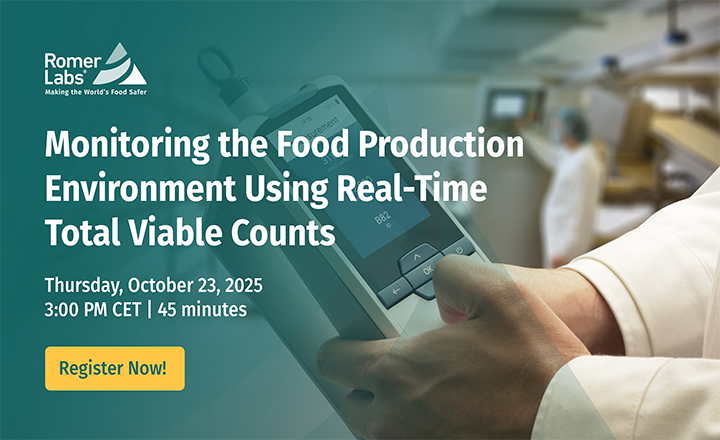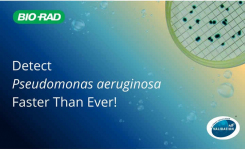Pharmaceutical and biotechnology clean rooms are designed to produce, package and transport medicines and health products. Environmental monitoring (EM) programs are put in place to ensure product quality, and ultimately, patient safety. These EM programs typically include measuring or monitoring airborne non-viable and viable particles, as well as other environmental parameters such as temperature, relative humidity, and differential pressure.
For non-viable, or airborne particles, these clean rooms must comply with regulatory guidelines such as EU Guidelines to Good Manufacturing Practice, Medicinal Products for Human and Veterinary Use, Annex 1 (2008) and the U.S. Food and Drug Administration's Sterile Drug Products Produced by Aseptic Processing - Current Good Manufacturing Practice Guidance on Aseptic Processing (2004). These standards define particle count limits and methodologies for particle cleanliness classification and monitoring, directly referencing current ISO 14644-1 and -2 particle air cleanliness standards. Particles are typically measured using an Optical Particle Counter, which uses scattered laser light to size and count particles. This generally accepted technology has been used for numerous decades.
Viable particles are particles that include microbiological constituents that could contaminate the product. These are typically monitored using an air sampling technique, where a sample is collected onto a suitable growth media and sent to a lab for analysis. The microbiological particles are incubated, and the resulting Colony Forming Units (CFU) are counted. Manufactured pharmaceutical product must wait, typically 3-5 days, for results before they can ship product to the market.
Benefits of Real-Time Viable Particle Counting
Recent technological advancements, based on optical analysis of individual airborne particles, provide a new method of detecting viable particles, in Real-Time. This technique is referred to Real-Time Viable Particle Counting and it can provide several benefits to an environmental monitoring program. In contrast to traditional biological particle monitoring methods that require 3-5 days of incubation, real-time viable particle counting provides several advantages:
- Ongoing, continuous monitoring detects real-time microbiological and total particle excursions, providing immediate response opportunities
- Time-based trending of viable particle information, including contamination events, that can aid in identifying root causes
- Ability to "sniff" air to locate contamination sources
- Potential shortening of product hold times
- Potential for prompt risk based release of rooms or clean zones following maintenance
- Real-time feedback to support personnel training on proper clean room practices
Products, like TSI's BioTrak Real-Time Viable Particle Counter (pictured), provide Quality Assurance professionals with additional, valuable information to find root causes of viable and non-viable particle excursions. This can lead to significant cost savings by reducing product waste, delayed shipments, and personnel effort needed to identify and address contamination sources.
Core Technology: Laser Induced Fluorescence The fundamental technology found in these products is Laser Induced Fluorescence (LIF). The basis of viability detection using LIF is the intrinsic fluorescence of microbiological constituents. In simple terms, when laser light is directed at particles, the particles that have certain microbiological properties will "glow". The wavelength and intensity of this "glowing" can be detected and categorized, to determine the viability of the particle.
Specifically, there are certain cellular metabolites that fluoresce when excited by ultraviolet light. The metabolites most commonly associated with cell viability are tryptophan, NADH, and the flavins (riboflavin). These metabolites have their own respective excitation and emissions curves. The most common excitation source is a 405 nm laser diode due to its small size, low power requirement, and availability.
For further information, visit www.tsi.com.























